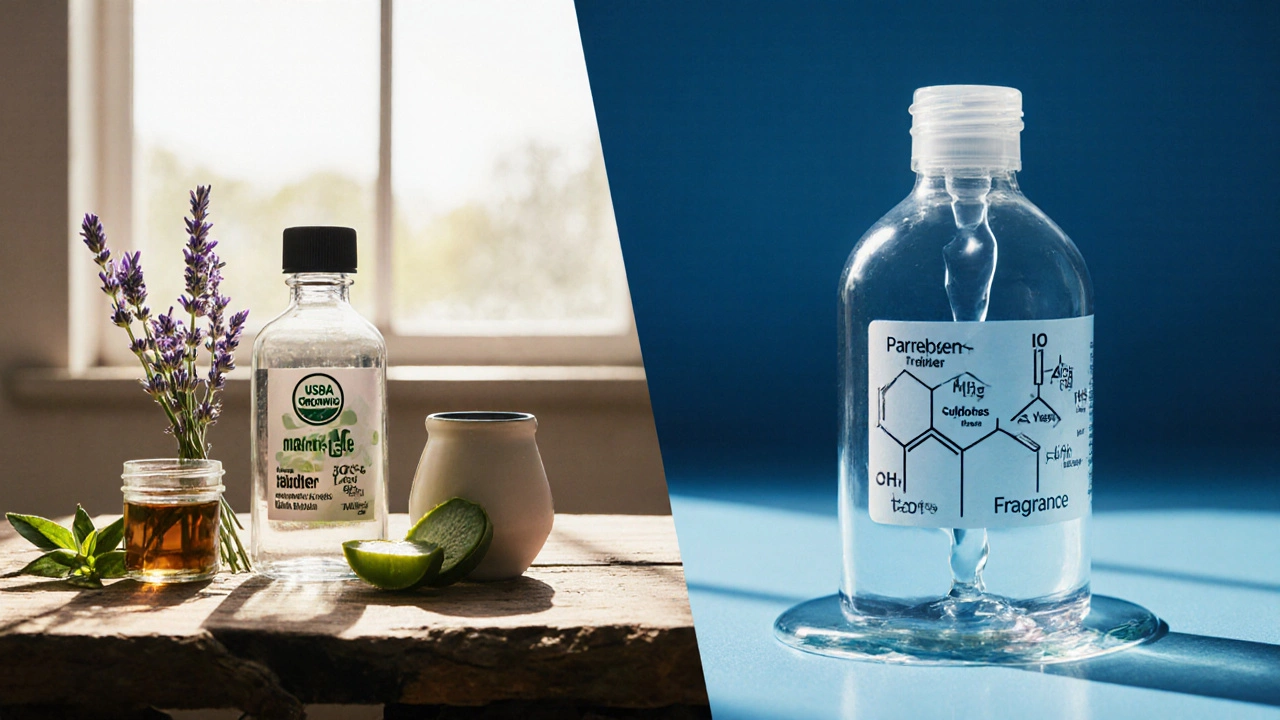Chemical‑Free Cosmetics: What They Are and Why They Matter
When talking about chemical‑free cosmetics, beauty products formulated without synthetic chemicals, focusing on natural and safe ingredients. Also known as clean beauty, they aim to reduce skin irritation and environmental impact.
Another big player in the clean‑beauty space is organic skincare, products certified to use naturally derived ingredients and limited processing. While organic standards address cultivation methods, they don’t automatically guarantee a product is free from all synthetic additives. That’s where vegan cosmetics, makeup and skin care that contain no animal‑derived ingredients come in. Vegan status often overlaps with chemical‑free claims, but a vegan label can still hide hidden synthetics, so you need to read the ingredient list carefully.
Equally important is cruelty‑free cosmetics, beauty items developed without animal testing throughout the supply chain. Cruelty‑free ethics influence the market for chemical‑free products because brands that avoid animal testing usually adopt transparent, clean formulations. In practice, a product can be cruelty‑free yet contain questionable chemicals, so the two concepts intersect but aren’t identical. Understanding how these three pillars—chemical‑free, vegan, cruelty‑free—relate helps you build a truly clean routine.
Key Factors to Look for When Shopping
First, scan the ingredient list for recognizable, naturally derived names like shea butter, jojoba oil, or green tea extract. These natural ingredients are often a good sign the product stays away from harsh synthetics. Second, check for certifications: look for badges such as “EU Organic,” “Vegan Society,” or “Leaping Bunny.” Those symbols act as third‑party verification that the brand meets defined standards. Third, be skeptical of buzzwords like “clean” or “pure” without supporting evidence—companies can use marketing copy to mask a formula that still includes parabens, phthalates, or synthetic fragrances.
Finally, consider your skin type and any sensitivities. Even a perfectly chemical‑free formula can cause a reaction if you’re allergic to a natural component like citrus essential oil. Patch‑test new items on a small area of skin before committing to full‑face use. By combining ingredient awareness, certification checks, and personal testing, you create a practical framework that turns the hype around chemical‑free cosmetics into reliable, everyday choices.
Armed with these basics, you’ll find it easier to navigate the articles below. They dig deeper into ethical reviews, ingredient myths, and real‑world tips, giving you the tools to decide which products truly align with a clean, safe beauty routine.
Organic Skincare vs Conventional: Which Is Better for Your Skin?
Discover how organic skincare differs from conventional products, its real benefits for skin health, common myths, and tips for choosing trustworthy organic brands.
